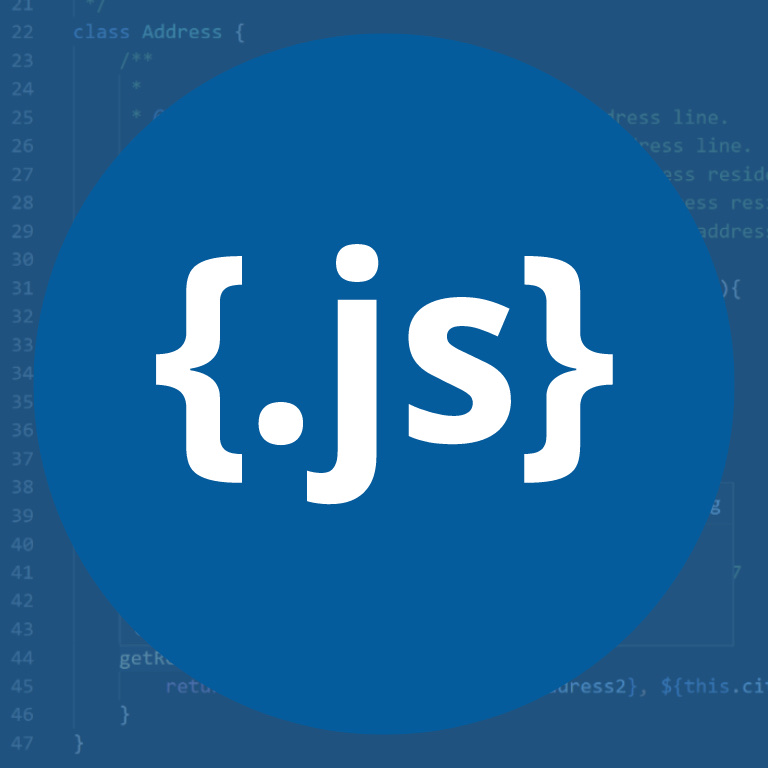MAKING DYNAMIC AND INTERACTIVE WEB-BASED SOFTWARE POSSIBLE
Javascript – powering the internet since 1995
Javascript is a programming language that is used to implement dynamic and interactive elements on websites and web-based software. Along with HTML and CSS, it’s one of the core technologies with which the World Wide Web is constructed.
It was invented in 1995 and released with Netscape 2.0 in 1996. In the 27 years since its launch, Javascript has grown to become the world’s most popular and most commonly used programming language and is used in around 98% of all websites.
Modern websites are built in three layers: HTML is used for the basic structure of websites – defining elements like paragraphs and headings, and embedding images and videos. As the second layer, CSS applies styling to the HTML content, such as colours and fonts, and arranging content in columns. Javascript is the third layer, allowing for dynamic updates to the content, animating images and more.

Why Netgen uses Javascript
What can Javascript do?
Contact the experts in web-based custom development
Take a look at some of the solutions we’ve created for our clients and get in touch to find out what we can do for you

